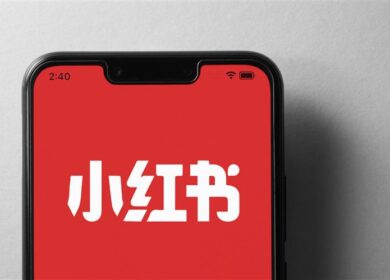
By Megan Bauer
The Hoffman Agency, Portland-Vancouver
By now, pretty much everyone has seen the image of #TheDress that took the Internet by storm a couple weeks ago.
From the moment it hit Facebook and Tumblr, a viral debate over color schemes spiraled. But many were left questioning, myself included, why the whole phenomenon was such a big deal in the first place.
Sure, we all want to be right and don’t like the feeling of being tricked by our own vision. But to me, there was no purpose behind the conversation.
That’s exactly what Ireland/Davenport, a creative agency in South Africa, saw too. It turned around the discussion with an impactful statement. In one day, the creative team brought to life a campaign that gave meaning to the dress’s colors: an anti-abuse ad for the Salvation Army.

If you can’t read the fine print after the headline, it says: “The only illusion is if you think it was her choice. One in six women are victims of abuse. Stop abuse against women.”
Now there’s some meaning! While not everyone agreed with the statement the Salvation Army and its agency made in the ad, there is something to be said about taking an Internet discussion with no meaning and turning it into a thought-provoking conversation on a serious topic like abuse.
It reminds me of something another nonprofit did awhile back to bring attention to another serious issue: the ALS Ice Bucket Challenge. While the subjects and campaigns are completely different, both organizations took an emotionally charged topic (whether that’s a serious health issue or an argument over dress colors) and turned it into something more.
The difference with the Salvation Army campaign is the statement; the content was meant to raise awareness and share a major fact about abuse… unlike the ALS Challenge that offered people an activity that they could participate in or donate to instead. There was no call to action from the Salvation Army ad.
While we could argue that the ALS Ice Bucket Challenge was much more effective than the abuse ad, based on the money that was contributed to the organization and the consumer response, both campaigns returned results and a response.
The question? Why.
When the ALS Ice Bucket Challenge first started gaining momentum, the Internet was ready to jump in and participate — even with all the critics sharing their opinions on why the challenge was the wrong approach. Needless to say, it brought attention to an illness that wasn’t well-known and connected with people on an emotional level.
This is much like what the Salvation Army just did with the dress debate — even though the dress drama wasn’t a serious discussion.
Both nonprofits were successful with their outreach because they took a topic that people were already emotionally invested in and added a new level of importance to it. The ALS Foundation ended up raising 3,088 percent more donations than the previous year, and the Salvation Army tweet gained 8,037 retweets and 3,674 favorites within just three days of the ad going live.
While both nonprofits did receive some backlash because they turned a consumer discussion or trend into something more, imagine if they hadn’t. Do you think that either company would have been able to reach the same level of awareness?
These campaigns shed light on topics that were in the dark and brought a whole new meaning to ice buckets and black and blue/gold and white dresses.

